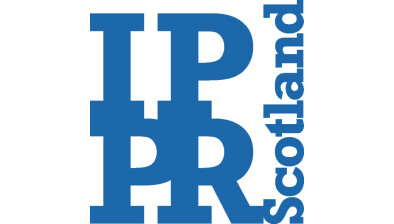Scotland facing £2bn funding gap by 2020, warns think tank
 The next Scottish Government faces a funding gap of more than £2 billion each year by 2020, with tax rises alone unlikely to eliminate spending and welfare cuts, a think tank has found.
The next Scottish Government faces a funding gap of more than £2 billion each year by 2020, with tax rises alone unlikely to eliminate spending and welfare cuts, a think tank has found.
A new report from the Institute for Public Policy Research Scotland (IPPR Scotland) has analysed how new Scottish Parliament tax and benefit powers could be used following the recent fiscal framework agreement between the UK and Scottish governments, and the forthcoming passage of the Scotland Bill.
It found that Scottish households face a further five years of cuts to key welfare benefits, worth £600 million per year until 2020-21.
In addition, the UK government is planning significant tax cuts, including higher tax rate threshold increases, which would lead to a reduction in income tax revenues of about £300m from Scottish taxpayers by 2020-21.
At the same time, under the existing spending framework, the Scottish block grant is due to reduce by £1.2bn per year by 2020-21.
Under the Scotland Bill, Holyrood will receive almost half of its budget from devolved tax revenues, with the power to vary both income tax rates and bands.
It will also have powers over existing disability and caring benefits, and the ability to top up and create benefits.
The IPPR, which has had close links to the Labour party, found increasing income tax rates would raise more revenue from higher-earning households than lower-earning households, with a 1p rise raising £500m across all bands, or £100m for an increase in 1p only on the higher rate of tax.
Matching UK government plans to raise the higher rate threshold to £50,000 would cost £300m a year in Scotland, whereas freezing the higher rate threshold at its 2017-18 £43,600 level would raise £300m a year by 2020.
This would mainly affect the highest-earning households and would not affect the tax rates of the poorest 30 per cent of households. Increasing council tax by inflation or earnings would lead to an additional £100m and £200m per year respectively by 2020.
Meanwhile, a full reversal of the cuts to universal credit work allowances would cost £200m a year by 2020-21, as would reversing the freeze on working-age benefits.
Increasing disability benefits in line with earnings rather than inflation would cost around £100m a year and would result in disability benefits increasing 11 per cent in real terms by 2020.
Russell Gunson, director of IPPR Scotland, said: “Our analysis shows that Scotland is facing a ‘£2bn question’. With public spending cuts, benefits cuts and proposed tax cuts in the rest of the UK, the scale of the decisions facing the next Scottish Parliament are very significant.
“Ahead of May’s elections all the political parties need to be clear how they will meet this funding gap, what balance of tax rises or spending cuts they will look to make, and the reforms they consider necessary to services in Scotland.
“The scale of the challenge means tax rises alone are very unlikely to make spending and benefits cuts go away entirely, but they can certainly make a contribution. Our report shows the new powers open up some possibilities on reforming tax and benefits that weren’t there before.
“To avoid this next parliament being just about mitigating austerity and managing decline, we must explore all the options available. We need to use the next few months ahead of the election, and the first few years of the next parliament, to open up a substantial debate with the people of Scotland on how to reshape our tax system, new approaches to benefits, and to look at reform of how our services are funded and delivered in Scotland.”







